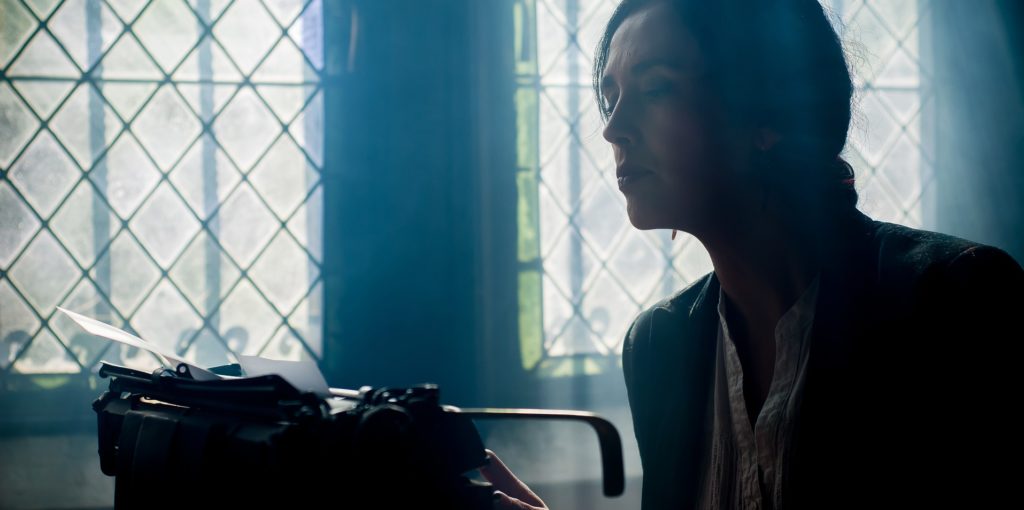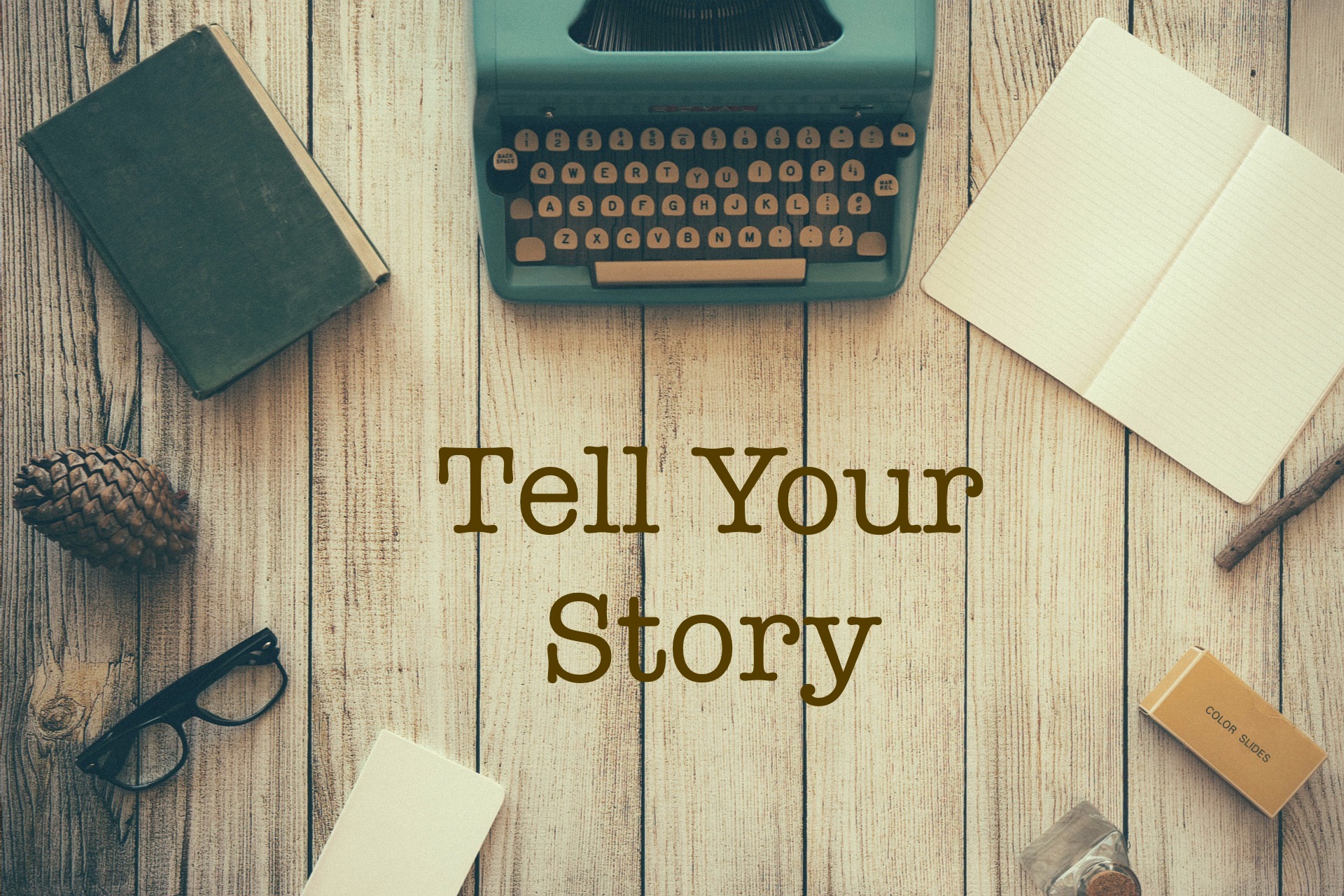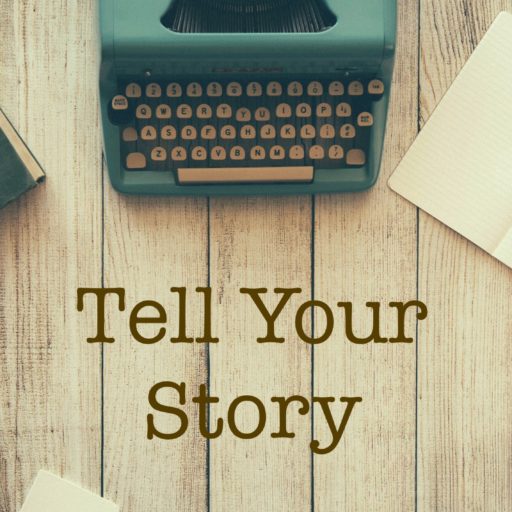Whether you are putting the proverbial pen to paper for the first time, or you’re a seasoned author, this list of My Top 4 Favorite How-to-Write Books by Female Masters (and why they’re so wonderful) has a little something for anyone who wants to write a children’s book. Even after writing for nearly twenty years on my own, and writing and editing professionally for nearly ten, I still find myself turning back to these four how-to-write books again and again, always discovering something new among their pages.
I’ve categorized each book by which writers I think may benefit the most from picking up each copy. But, like I mentioned above, there is information in all of these books that will help writers of all experience and practice levels who are learning how to write a children’s book. For the serious children’s book writer out there, I would suggest reading them all.
Wonderful for Newbies:
Writing Down the Bones: Freeing the Writer Within, by Natalie Goldberg

 Writing Down the Bones: Freeing the Writer Within
Writing Down the Bones: Freeing the Writer Within is a perfect guide for anyone who is writing for the first time, or for seasoned writers who are a little out of practice and want to jumpstart or improve their own daily writing habits. In Bones, Goldberg is focused on gathering the free-flowing creative nectar that all writers need to tap into before they even begin to craft a book or story of any length.
is a perfect guide for anyone who is writing for the first time, or for seasoned writers who are a little out of practice and want to jumpstart or improve their own daily writing habits. In Bones, Goldberg is focused on gathering the free-flowing creative nectar that all writers need to tap into before they even begin to craft a book or story of any length.
Goldberg’s book is filled with nearly 200 pages of short, one to five page chapters that give readers something to think about—a scenario, a short story, an idea—and each chapter leads to a writing prompt. This means you can sit down with Goldberg’s book, a cup of coffee, your notebook or computer and twenty minutes, and walk away with something substantial in the books.
I have always appreciated Writing Down the Bones for that reason. When I have just a little bit of time each day to write creatively, Goldberg’s book is perfect because the chapters are so succinct. And on days when I just can’t get going, I still turn to Bones. If I have hours of dull content writing ahead of me, a jaunt through Bones lifts my writing spirit and gets me in the mood to play with language, no matter the task ahead.
I will guarantee that if you do take time for Writing Down the Bones, you’ll be drawn into Goldberg’s stories—as if you’re sitting across the table at a quaint wine shop while she tells you everything you need to know about writing while seemingly not telling you anything at all—and that, as we know, is the making of a good writer.
Wonderful for Children’s Book Newbies:
The Writer’s Guide to Crafting Stories for Children, by Nancy Lamb

 Nancy Lamb’s book, The Writer’s Guide to Crafting Stories for Children,
Nancy Lamb’s book, The Writer’s Guide to Crafting Stories for Children, is 100% a must-have, invaluable investment for anyone who plans to write a children’s book. And for anyone who takes their writing seriously. Ten years ago it was—and today it still is—my go-to for everything kids-book-craft-related. The book is divided into five main sections that play on the metaphor of building a house, and each section is devoted to a crucial step in writing your first children’s book. For example, Lamb’s third section entitled ‘Structural Supports’ explores topics like character, story, and point of view while the beginning of her book starts with a section entitled ‘Building Plans’ where readers take time to discover what story they plan to tell.
is 100% a must-have, invaluable investment for anyone who plans to write a children’s book. And for anyone who takes their writing seriously. Ten years ago it was—and today it still is—my go-to for everything kids-book-craft-related. The book is divided into five main sections that play on the metaphor of building a house, and each section is devoted to a crucial step in writing your first children’s book. For example, Lamb’s third section entitled ‘Structural Supports’ explores topics like character, story, and point of view while the beginning of her book starts with a section entitled ‘Building Plans’ where readers take time to discover what story they plan to tell.
The Writer’s Guide to Crafting Stories for Children has often been compared to taking a 101 course on how to write a children’s book…but from the comfort of your own home and at your own pace (and for a fraction of the cost!). Because Nancy pulls from classics like Where the Wild Things Are or Bridge to Terabithia, even writers new to the craft will be familiar with her examples, making her instruction all the more relevant. With a stable and strong plan, from there you’ll be able to craft your book, from beginning to end, as you read the guide coming at last to the chapter entitled ‘Finishing Touches: The Care and Feeding of Your Creative Spirit’ where you learn how to hold onto all you’ve learned so you can develop overtime as a writer.
I personally find Lamb’s book a crucial addition to my own bookshelf because of her attention to detail during each step of the book writing process; from conception to final proof. Writing a book—short or long—is a dedicated and time consuming endeavor with lots of little ins and outs that no one but the author can see. Lamb helps authors to stay on track and hit all those fine details that, if missed, will leave a manuscript lacking. Her book is like an author’s project plan for seeing their own book through, from start to finish.
Wonderful for Honing Your Craft:
Steering the Craft: A Twenty-First-Century Guide to Sailing the Sea of Story, by Ursula K LeGuin
Ursula K LeGuin–my hero–I have a sneaking suspicion she is actually magic incarnate…but I digress.

 The original version of Steering the Craft: A Twenty-First-Century Guide to Sailing the Sea of Story is the book that guided me from a technical understanding of my writing to a deeper relationship with my own creativity and my own abilities as a writer and an editor. Both versions of LeGuin’s guides flow seamlessly while teaching skills that on the surface seem dull, but come to life under her pen and ink spells. Before they know it, readers have learned how to vary their sentences to make them really long to slow a scene down. And then shorten them. Like all things LeGuin, her book is equally detailed and sensory. And succinct.
The original version of Steering the Craft: A Twenty-First-Century Guide to Sailing the Sea of Story is the book that guided me from a technical understanding of my writing to a deeper relationship with my own creativity and my own abilities as a writer and an editor. Both versions of LeGuin’s guides flow seamlessly while teaching skills that on the surface seem dull, but come to life under her pen and ink spells. Before they know it, readers have learned how to vary their sentences to make them really long to slow a scene down. And then shorten them. Like all things LeGuin, her book is equally detailed and sensory. And succinct.
LeGuin takes topics like ‘Pronoun and Verb’ and turns them into a chapter, and somehow makes these otherwise textbook topics—*gasp*—actually interesting! So interesting, in fact, that you find yourself turning to chapter seven with a newfound, underlying understanding of how to make your verbs skip, hop and jump from the page, and you do so leaving your passive voice shriveling the drafts behind, too timid to show its shameful face until you’ve purposely given him reason to rise again.
LeGuin once said, “A writer is a person who cares what words mean, what they say, how they say it. Writers know words are their way towards truth and freedom, and so they use them with care, with thought, with fear, with delight.” In Steering the Craft, LeGuin teaches us how to care about our words—how to write them with understanding—only then can we tell our own stories with conviction.
Wonderful for Mastering Visual Writing for Children:
Picture Writing: A New Approach to Writing for Children and Teens, by Anastasia Suen

 Picture Writing is a fantastic book for getting a grasp on how to write visually for children. As Anastasia Suen explains, children tend to be visual thinkers, so expressing stories and creating worlds and characters for them through visual text is key in producing strong children’s manuscripts.
Picture Writing is a fantastic book for getting a grasp on how to write visually for children. As Anastasia Suen explains, children tend to be visual thinkers, so expressing stories and creating worlds and characters for them through visual text is key in producing strong children’s manuscripts.
Chapters in Picture Writing are divided up by the different components of a story such as plot, character, or setting, and each part is explored from three different angles: Fiction, Non-fiction, or Poetry. This means you’ll be reading the sections that apply to your genre only, whether you’re writing a board book or a young adult fantasy novel.
‘Seeing Fiction’ is one of my favorite chapters on how to write a children’s book. In it she lays out a picture book storyboard template that I still use today with my clients. The storyboard gives authors and editors a feel for where certain elements of a story, like “the big story problem” or “the second try to solve” should fall in a manuscript. Since understanding pacing, page turns, and pauses in picture book writing is so crucial, even as a seasoned editor, I find her template a perfect go-to reminder of how to craft a manuscript. In the same chapter, she also has a comparable layout for chapter books.
Though a little hard to come by, Picture Writing is a reference worth owning if you plan to write a children’s book.
Now that you’re ready to write a children’s book, and you’ve got some leads on finding the right guide to your writing endeavors, I hope you’ll take time to explore them.
And just because I love books so much, here are my Top 4 Recommended Other Books by the same authors we looked at above. Happy Reading and Joyous Writing to You!
Natalie Goldberg
Wild Mind: Living the Writer’s Life
 Old Friend from Far Away: The Practice of Writing Memoir
Old Friend from Far Away: The Practice of Writing Memoir
The True Secret of Writing: Connecting Life with Language 
Top of My Lungs
Nancy Lamb
One April Morning: Children Remember the Oklahoma City Bombing
The Art And Craft Of Storytelling: A Comprehensive Guide To Classic Writing Techniques
The World’s Greatest Toe Show 
The Great Mosquito, Bull, and Coffin Caper
Ursula K. LeGuin
The Wind’s Twelve Quarters: Stories by Le Guin, Ursula K.
 Catwings
Catwings  Words Are My Matter: Writings About Life and Books
Words Are My Matter: Writings About Life and Books
A Wizard of Earthsea 
The Tombs of Atuan 
The Farthest Shore 
Anastasia Suen
Up! Up! Up! Skyscraper
Wired
 Baby Born
Baby Born
The Tooth Fairy 
Tell me about your book!
If you are ready to write a children’s book, or have a manuscript you would like me to edit, contact me below. I look forward to reading your story!
by Trudy Ludwig teaches readers that sometimes the most generous gift we can share, is one of attention and love.
by Liz Garton Scanlon is one of my favorite books––one that I gift to others time and time again. The sweeping illustrations by Marla Frazee follow a family as they spend a day in town amongst their neighbors while the story reminds us there are a million and one ways to give every ordinary day that we live: The tiniest shell on the beach, the warmth of a meal with others, the beauty found in human connections are all things to give and be grateful for.
book? If you’re a fan of this wacky cat and his mouse friend Seymour, or looking for a light laughable read about giving and gratitude, then grab a copy of Splat Says Thank You!
by Rob Scotton. Seymour needs cheering up and Splat has an idea: Splat has been working hard on a very special thank-you book that shows all the warmhearted and hilarious reasons Splat is thankful for Seymour and their friendship.
by Nikki Grimes is the book on gratitude for you. Featuring a sixteen poems in varying formats from a haiku to a rebus riddle, Thanks a Million reminds readers how far a simple thank-you can go. Illustrations by Cozbi A. Cabrera compliment each poem in a seamless artful expression of giving and gratitude.
. Published in 1964, this children’s classic explores the idea of selfless love, as shared between a boy and his tree. However, perhaps one of the most divisive books in children’s literature, I would be remiss not to mention the dual-nature of the tale, which also poses the question: Can selfless love be exploited? What do you think?
by the late Patricia c. McKissack tells the story of James Otis and his Mama as they find ways to give despite what little they have themselves. When the Temples, neighbors and friends, lose everything in a fire, James’ church collects items the family may need. It takes James some time to figure out how he can contribute to the Temple’s “love box” when he has so little himself. The powerful tale of compassion reminds us that giving from the heart, touches the heart as well. Patricia C. McKissack is a three-time Coretta Scott King Award winner and Newbery Honor author. Some of her other notable picture books include: The Honest-to-Goodness Truth
, Let’s Clap, Jump, Sing & Shout; Dance, Spin & Turn It Out!
, Loved Best (Ready-For-Chapters)
and Goin’ Someplace Special
.




























 If you are interested in chatting with me about your project, please feel free to contact me below. And Happy Writing to You!
If you are interested in chatting with me about your project, please feel free to contact me below. And Happy Writing to You!